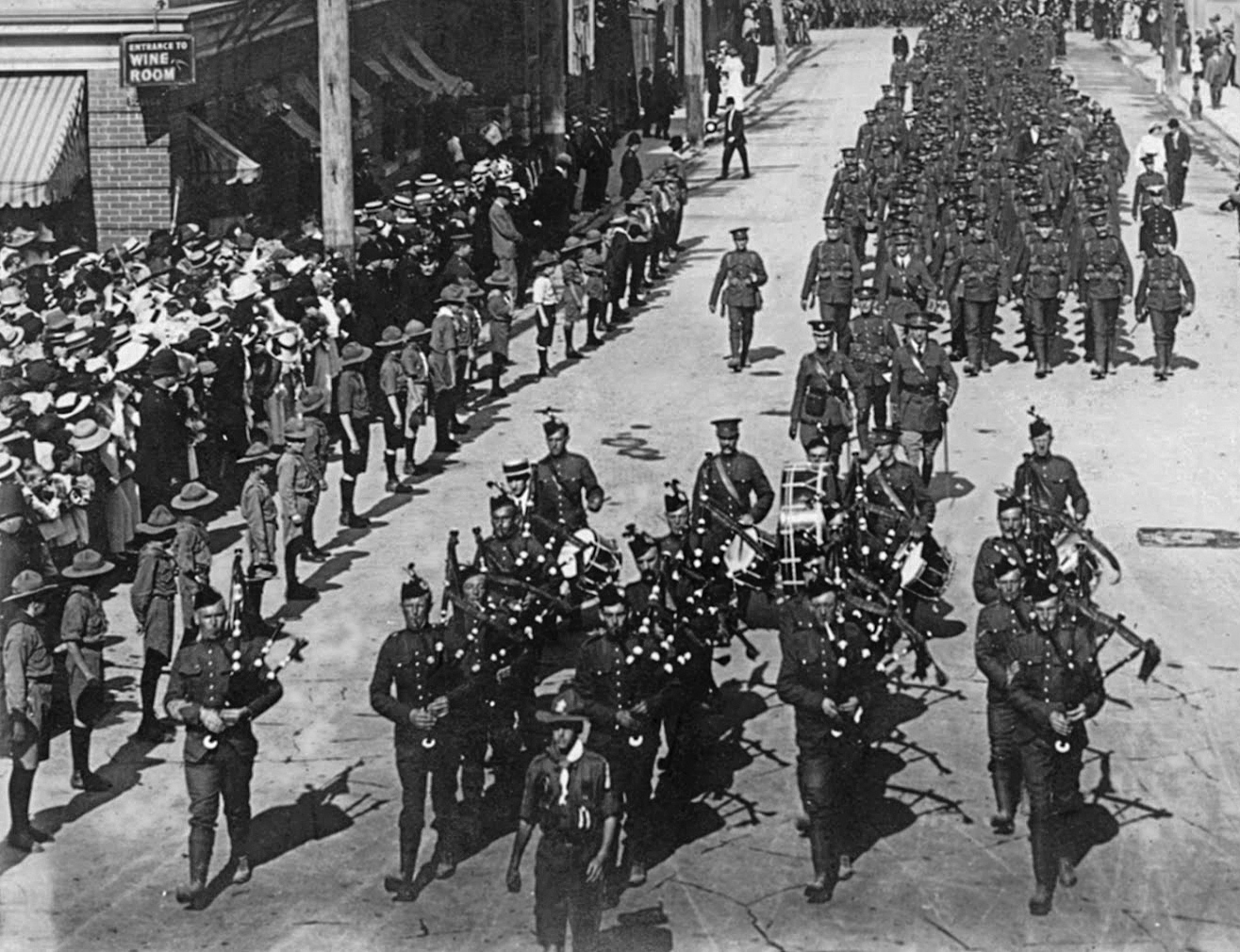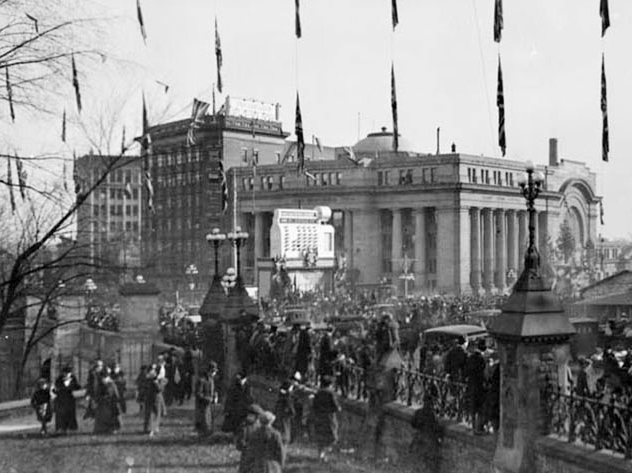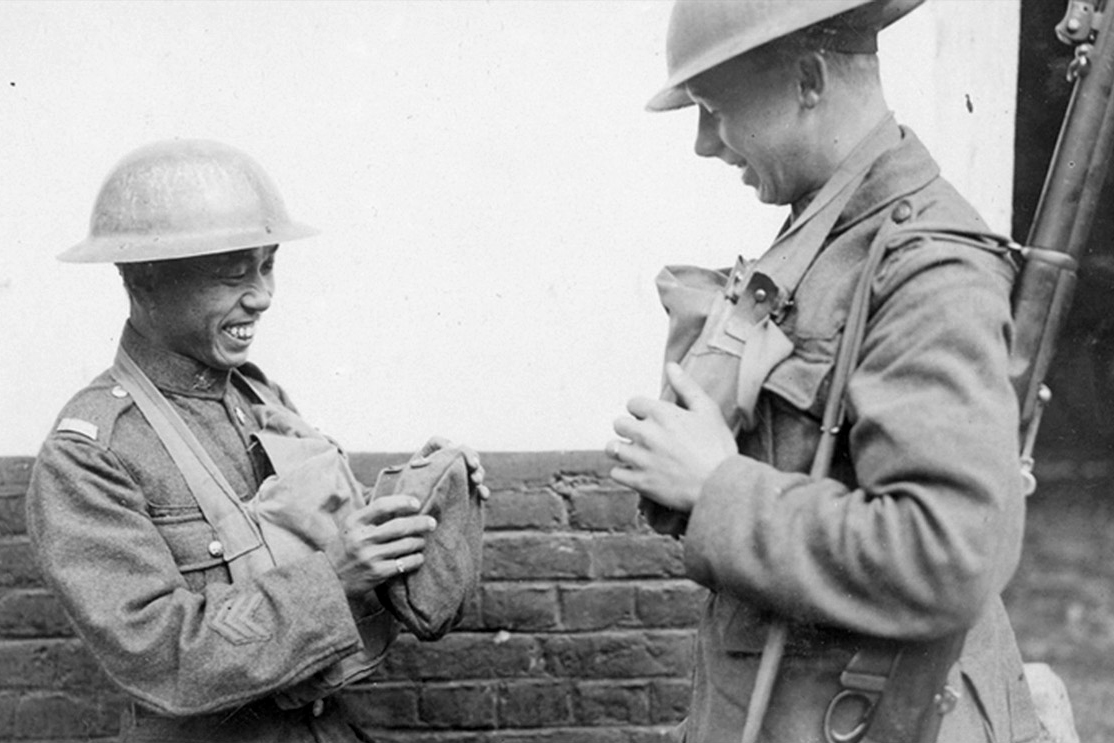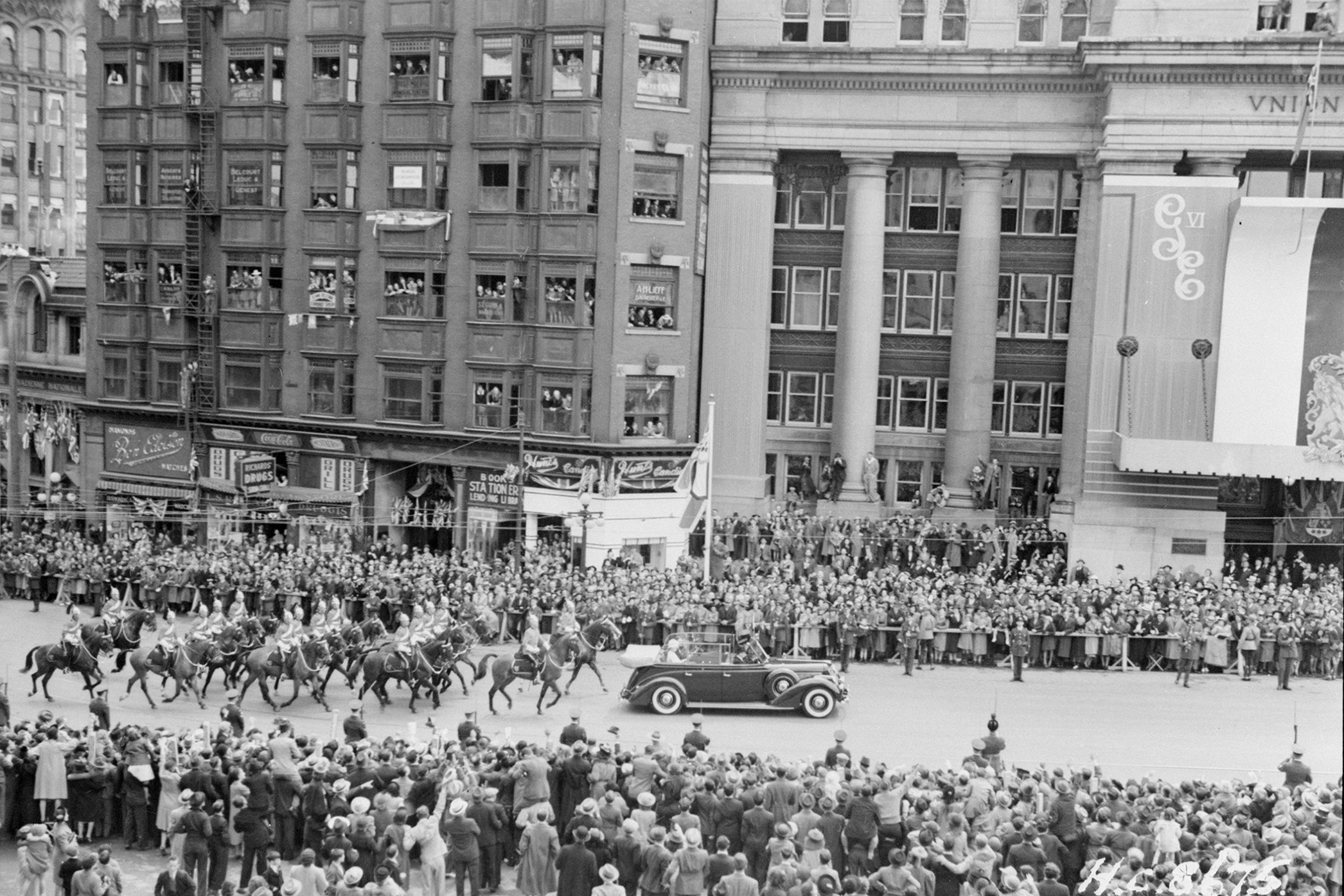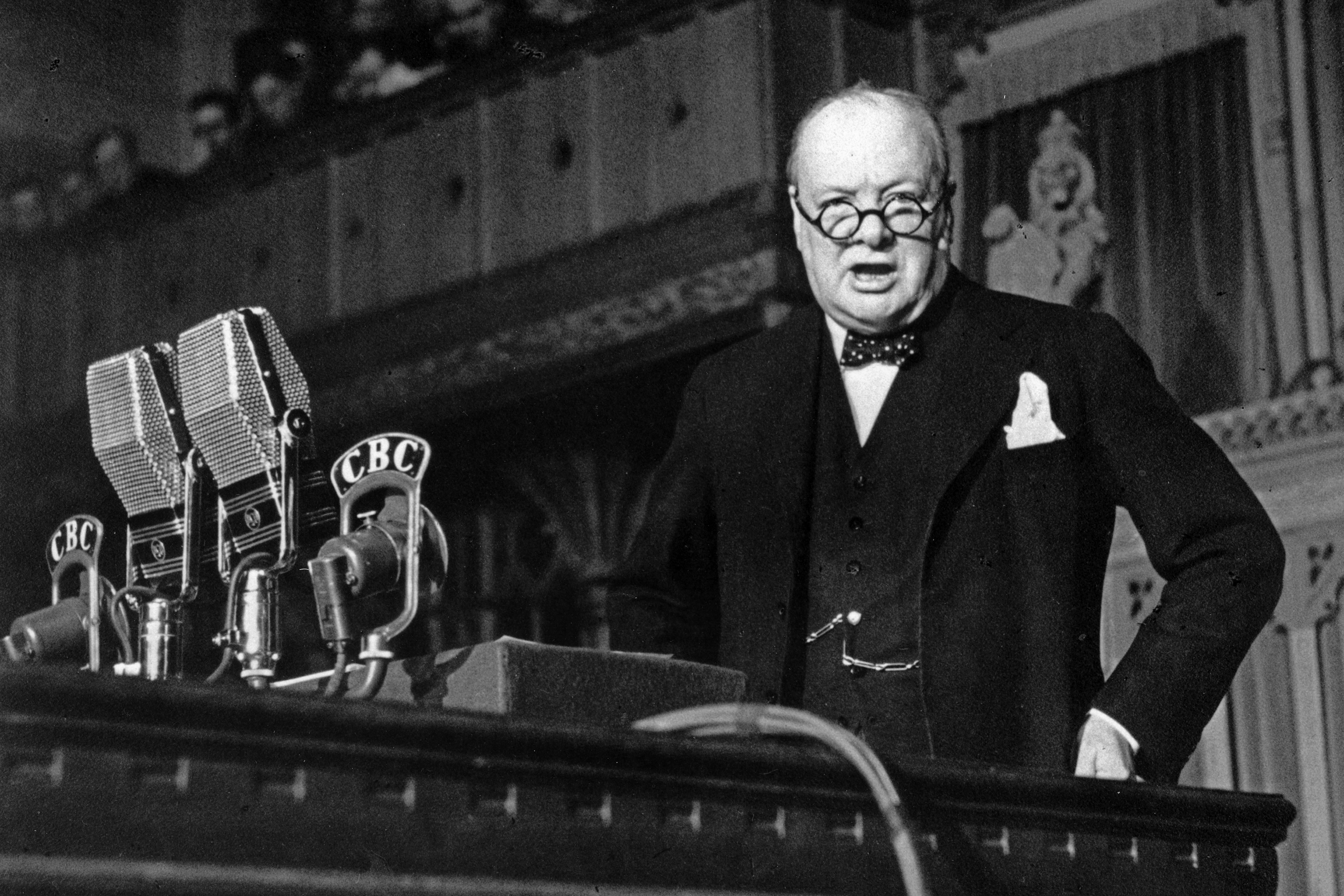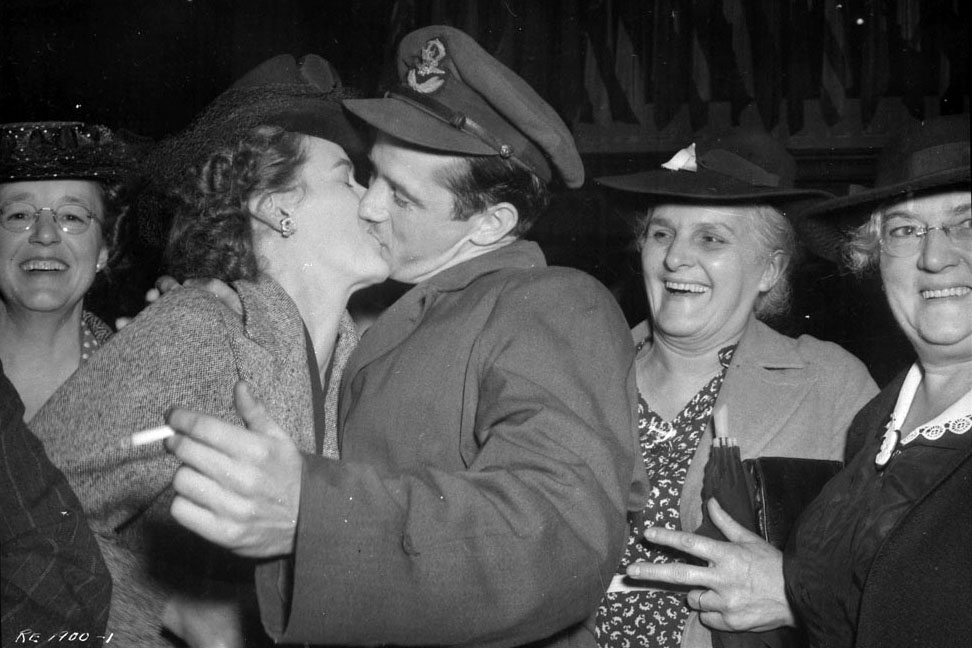The Government Conference Centre: A monument to two world wars

This article is part of a series about the Senate of Canada’s move to the Senate of Canada Building, formerly known as the Government Conference Centre. In 2018, the Senate began to move into the building, a former train station built in 1912, while Parliament’s Centre Block — the Senate’s permanent home — is rehabilitated. The Senate will begin operating from the Senate of Canada Building in early 2019.
The savings to taxpayers will be approximately $200 million compared to the original proposal to find an alternative location on Parliament Hill. The Senate is expected to occupy its temporary location for at least 10 years.
Until 50 years ago, it was a train station. It will soon serve as Canada’s interim Senate. Whatever the role, the Government Conference Centre in Ottawa has always been closely associated with Canada’s wartime sacrifices.
This association started in August 1914, soon after Great Britain’s declaration of war on Germany. The first Canadian regiment to serve on the Western Front, the Princess Patricia’s Canadian Light Infantry, mustered in Ottawa and trained at Lansdowne Park. On August 28, the regiment paraded past thousands of cheering bystanders to Grand Trunk Central Station and departed for the Western Front. When news of Germany’s surrender reached Ottawa on November 11, 1918, a massive military parade wound north from the Cartier Square Drill Hall and merged with a throng of civilian celebrants in the plaza in front of the station.
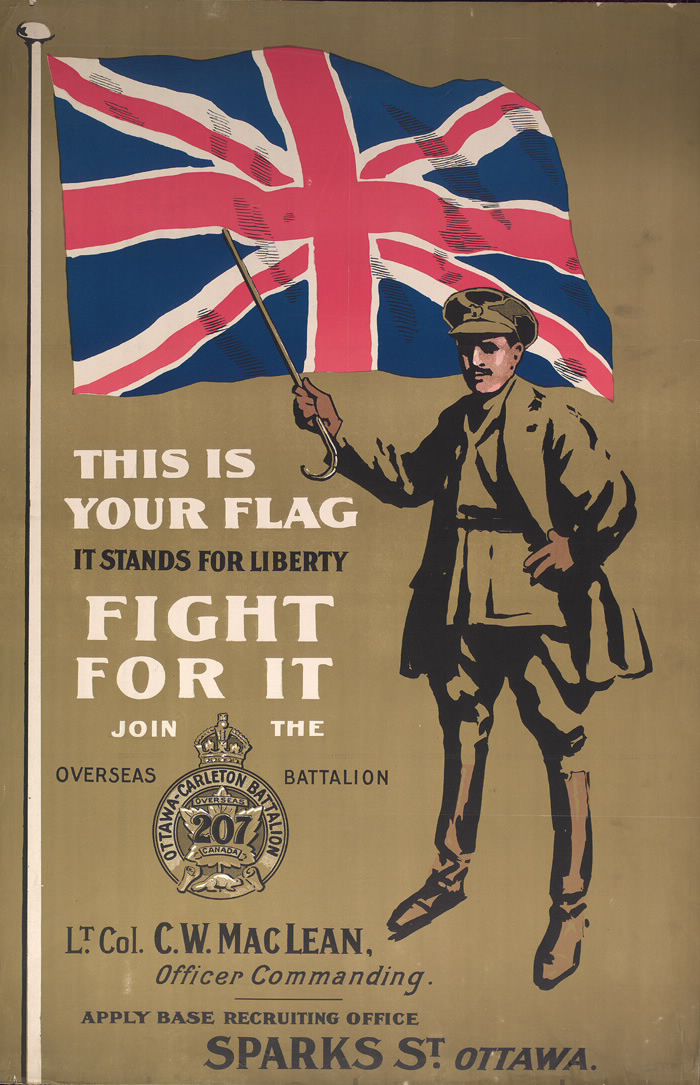
During the Second World War, Ottawa regiments shipped out of what was now called Union Station. They included the Cameron Highlanders, the only Ottawa unit to land at Juno Beach on D-Day, and the 3rd Field Company RCE which built roads, bridges and communication networks during the invasion of Sicily.
Adoring crowds thronged Union Station when King George VI and Queen Elizabeth, the Queen Mother, arrived in Ottawa during their 1939 tour. The royal couple came to reinforce British-Canadian solidarity and to dedicate the newly unveiled National War Memorial on Confederation Square.
In December 1941, a formal delegation welcomed British Prime Minister Winston Churchill as he arrived at Union Station. His celebrated “Some Chicken! Some Neck!” address to Parliament, a scathing denunciation of German, Japanese and Italian imperialism, was broadcast across the country live on CBC radio.
When Germany announced its unconditional surrender on May 8, 1945, thousands of Ottawans converged on Confederation Square to celebrate Victory in Europe Day. Fireworks exploded over Union Station as the crowd sang “Hail, Hail, the Gang’s All Here.”
Senator Joseph A. Day, a graduate of the Royal Military College of Canada and former Chair of the Subcommittee on Veterans Affairs, says the Senate’s future home is steeped in wartime associations.
“It’s impossible to forget Canada’s wartime sacrifices when you serve in a Chamber that’s surrounded by monumental war paintings. I suspect my Senate colleagues will find that’s even more the case when we move into the Government Conference Centre in 2018, since the building itself is a crucial link to both world wars.”
On September 26, the Senator hosted a reception on Parliament Hill to launch The World Remembers, a commemorative display that honours 661,837 soldiers who lost their lives in 1917, projecting their names onto the walls of the Government Conference Centre.
“On the centenary of a war that killed more than nine million soldiers, it’s no longer sufficient to simply remember the fallen as ‘them,’” said Canadian actor and playwright R. H. Thomson, the display’s producer. “We have to remember their names. We have to name them publicly.”
